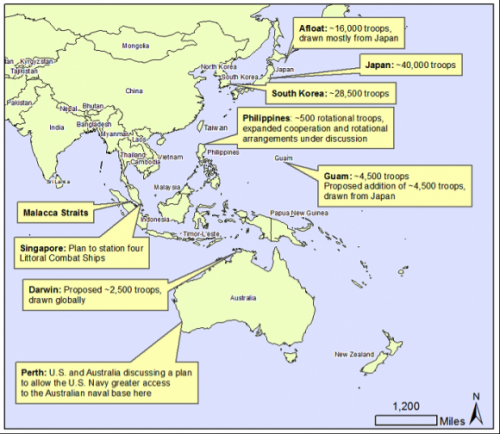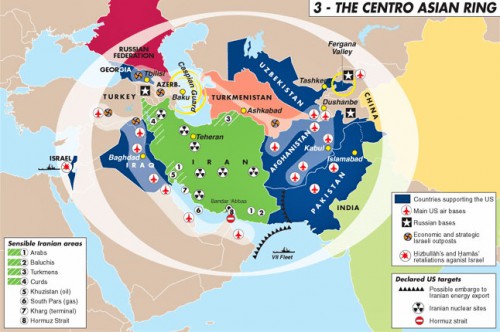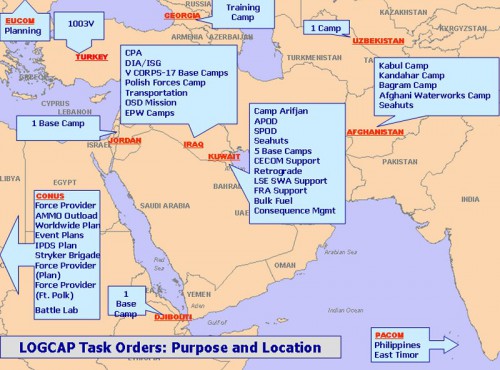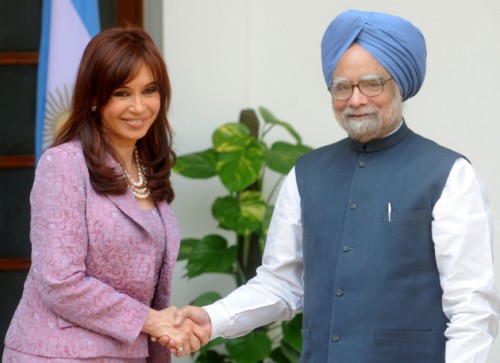Keeping in mind the critical objectives the US wanted to achieve through politico-military domination of Afghanistan—-which crucially included control over flow of energy from Central Asia and Caspian Sea region to the outer world as well as gravitating its influence in the region —-one does have every reason to apprehend the spillover effects of the consequences of the situation evolving in Afghanistan with the manifold increased possibility of civil war following the withdrawal of the US/NATO forces from Afghanistan. Since the US has not been able to achieve its objectives, by any means, therefore, she is least expected to leave (or leave at all?) this region in a politically stable condition. The form of the withdrawal that the US has been trying to accomplish through signing the (hitherto unsigned) Bi-lateral Security Agreement, and the consequent refusal by the Karzai government to accept some of the crucial elements of this agreement, has created such conditions whereby a situation of ‘controlled instability’ in Afghanistan—to be used as an excuse for maintaining military presence as well as gravitating its influence and creating further disruption in the region surrounding Afghanistan—-emerges as a viable tactical option for the US for the post-2014 period.
A politically bifurcated and disrupted Afghanistan can thus be more advantageous for the US than the one dominated by Taliban or any political system not sensitive to protecting the US’ interests. It is therefore naïve to think of the US as ‘struggling’ to establish ‘peace’ through political means, as is often officially projected by the US and its allies. Her, by any definition of real politick, is a struggle for sustaining geo-political edge in the region. As such, the current set back to the US in Ukraine has further made it necessary for her to stay in the region to counter Russian resurgence. Therefore, it is of utmost significance for the regional states, especially of the CAS and Pakistan, to revisit their policies in the light of these emerging scenarios in Afghanistan, because the ethnic linkages of these states make them very much vulnerable to threats emanating from possible civil war in Afghanistan.
Interestingly, and probably due to the failure on ground, the emphasis of occupying forces has continuously been shifted from one set of objectives to another. Sometimes it is focusing on stemming down the resistance and some other times on the rehabilitation and strengthening of the political structure and democratic institutions in Afghanistan and more recently on the development and training of armed and security forces. This situation raises another important and even more serious question: whether the US invaded Afghanistan for achieving the stated objectives only. Many experts believe it was an attempt to assert American dominance in the regions surrounded by energy-rich areas and that the American ruling elite is determined to consolidate Afghanistan as a neo-colonial US protectorate and a staging post for further intrigues in Central and South Asia and the Middle East.
As such, in order to achieve these objectives, the US has been changing its strategy from time to time as well. Now that the time for withdrawal has arrived, it does not, by any means, imply the end of war in Afghanistan. The war will continue; however, the primary actors would change. The US/NATO combat forces, after their withdrawal, are most likely to be replaced by the private militias that the US has erected and been funding through, along with other means, the CIA and US army sponsored poppy cultivation. As a matter of fact, the US has been paying tens of millions of dollars to these private militias annually for escorting their convoys. Theses private militias extort money from common people and levy agricultural tax on farmers. They have been found involved in burglary, kidnapping and other unscrupulous activities; and, all these are overlooked by the foreign forces as the militias support them in their fight against the so-called ‘terrorism.’
The private militias are led by local warlords, many of whom are also planning to contest up-coming Presidential elections, and are least expected not to use force or stop poppy cultivation; rather, they tend to use political platform to implement their agendas and those of their political mentors’ as well in the hope of keeping Taliban ousted from power. For example, Abdul Rasoul Sayyaf, a candidate for Presidential election, is a veteran warlord and is known to have massacred tens of thousands of Hazaras, a community who are mostly Shias. Warlords like Sayyaf with a violent past have been playing a significant role in influencing Afghan politics since the US-led coalition helped oust the Taliban in 2001. But they are now emerging to play an overt political role in next month`s presidential elections as President Hamid Karzai leaves the scene. Some, like Sayyaf, are running for elections, while others are being courted by the candidates because many of the warlords command strong followings, particularly along ethnic lines. With warlords and notorious powerbrokers now gearing up to exert direct and indirect influence on Afghanistan’s politics, ethnic and sectarian rivalry is most likely to get sharpened, leading to a fully fledged civil war in Afghanistan.
However, it has to be kept in mind that the only major stakeholder that can get maximum benefit out of this scenario is the US; for, infighting would keep Taliban out of power and will provide the US with an ‘excuse’ to keep the number of residual forces high in Afghanistan. In this behalf, the often repeated Western assertion that civil war will follow the US’ withdrawal is just another way of actually predicting what is factually going to happen, once the US backed new government gets established; for, the US is now planning to finalize the BSP with this new government and pave the way for a long-term stay of its military in Afghanistan. As a matter of fact, all of the 11 candidates for president elections in Afghanistan have already signaled that they would sign the security agreement, and allow the western troops to stay in Afghanistan past 2014. It also factually means that the US will also fully drag the Afghan National Force, as a substitute to its own war machine, into the war with Taliban and keep its own military in Afghanistan in the name of training the ANF for counter-terrorism operations. Needless to say, it is for this very purpose the ANF was created in the first place. This would also help the US in giving this war technically a “civil” colour, whereas in actual terms it would remain the US’ own war—hence, minimum public pressure on the US government. The US, as such, is all set for a longer stay and is now looking well beyond Hamid Karzai.
In this scenario coming up, there is hardly any room to doubt that war in Afghanistan would come to an end in the near future, or political stability would follow elections. However, there is another related fact that has to be kept in mind. If civil war breaks out in Afghanistan, it is not the people of Afghanistan alone who are likely to be affected; regional states will also become extremely vulnerable to such fallout. Let’s have a look at regional implications of civil war in Afghanistan.
In the first scenario, prolonged infighting in Afghanistan would push more refugees into Pakistan. Already around 1.7 million Afghans are still living in Pakistan, who are currently registered with United Nations’ High Commission for Refugees (UNHCR) and it is estimated that a large number is also unregistered, and the total figure is around three to four million. This influx of population in Pakistan has already been causing conflicts between local Pashtun people as well as between the refuges and other ethnic groups such as Baluchistan where people of Baluch origin are gradually being reduced to minority because of this demographic shift, with grave consequences in the shape of terrorism and insurgency in Pakistan. Apart from this refugee influx, it is almost self evident that an unstable Afghanistan necessarily implies a highly unstable North-Western region of Pakistan, since porous border allows fighting groups to infiltrate in Pakistan and assist local groups in fighting against the state of Pakistan and vice versa. As a matter of fact, the current leader of Pakistani Taliban was based in Afghanistan before he infiltrated into Pakistan in 2013.
In addition to this problem, Pakistan and almost all the regional states are going to be affected by the highly increased production and outflow of poppy from Afghanistan. Considering the link between warlords, poppy cultivators and the US, it is not difficult to understand why the production of poppy has markedly increased since 2001. It has swelled from 1,570 tons in 1990 to 6,000 tons in 2006 and 8,200 tons in 2007. Since 2001, the land used for poppy cultivation has increased from 8,000 hectares to 193,000 hectares. Where this increase is deeply linked with the US intelligence services, which increasingly constitutes a powerful actor in the spheres of finance and banking and which tacitly allows this production in Afghanistan to enable the warlords to indirectly finance the “civil war”, there it also affects population of near and remote areas of the region alike. According to a 2012 report of UNO, the illicit trade of opiates runs along the Northern route from northern Afghanistan to Central Asia up to the borders of the Russian Federation. Similarly, opium is also smuggled into Pakistan and Iran where a large number of people have already become addicted. It is not a coincidence that 11 percent of the total population of Pakistan’s North-Western province, which also borders Afghanistan, is drug addicted, and 6.7 million of Pakistan’s total population is drug addicted. Although it cannot be said that opium produced in Afghanistan in the only reason for this high rate of drug addiction, however, it is a very significant factor which can be further strengthened by looking at the increase of drug addiction in Pakistan in the 1980s when Afghan refugees in Pakistan indulged in its trade.
Another implication of eruption of civil war in Afghanistan is the threat of its spillover to the Central Asian States as well as Pakistan. Needless to say, the deep ethnic linkages among some major ethnic communities of Afghanistan, Pakistan and the CA States make the latter two regions vulnerable to the physical and ideological infiltration of the fighting groups into these states, which in turn can cause huge disruption in these states as well.
The analysis shows that the hope of “peace” being established following withdrawal of the US/NATO forces will vanish soon after elections, which are most likely to be followed by an intense wave of infighting. As a matter of fact, in a recent statement issued, Taliban have already warned of attacks on election polls, agents and Afghan National Army. In this scenario, with the above mentioned regional implications of a new era of warfare in Afghanistan, it is of utmost importance that the regional states draw up policies to insulate themselves against these direct threats emanating from Afghanistan. It is very significant since the US does want to stay in the region for as long as possible, and it is obvious that peace would remain only a dream as long as she is here; for, establishment of peace is diametrically opposite to the attainment of the above mentioned geo-political objectives that the US wants to achieve.
Salman Rafi Sheikh, research-analyst of International Relations and Pakistan’s foreign and domestic affairs, exclusively for the online magazine “New Eastern Outlook”.





 del.icio.us
del.icio.us
 Digg
Digg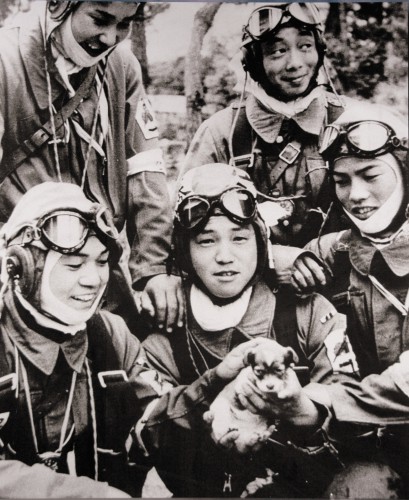

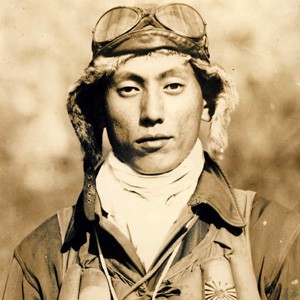 Fine fleur, car ces jeunes hommes, un millier environ, étaient des étudiants provenant des meilleures universités du pays, promus hâtivement officiers-pilotes pour une mission sans retour. 3843 pilotes (estimation maximale incluant toutes les catégories socio-professionnelles et classes d’âge) sont morts en tentant de s’écraser sur un bâtiment de guerre américain. L’étude des journaux intimes de ces jeunes kamikazes, journaux parfois entamés plusieurs années auparavant constitue une source inestimable car elle permet de cerner l’évolution psychologique et philosophique des futurs pilotes. L’analyse, centrée sur 5 cas, révèle que l’intériorisation de la propagande militaire et impériale était imparfaite, individualisée. Toutefois, le panel étudié (5%de la population) est la principale faiblesse de l’argumentation d’Emiko Ohnuki-Tierney (l’auteure aurait eu des difficultés à trouver des sources originales et complètes). Il ressort de son analyse que peu de pilotes, dont aucun n’était probablement volontaire, aurait réellement adhéré à l’idéologie officielle. Ironie, les étudiants-pilotes étaient pétris de culture : la « génération Romain Rolland » (lire
Fine fleur, car ces jeunes hommes, un millier environ, étaient des étudiants provenant des meilleures universités du pays, promus hâtivement officiers-pilotes pour une mission sans retour. 3843 pilotes (estimation maximale incluant toutes les catégories socio-professionnelles et classes d’âge) sont morts en tentant de s’écraser sur un bâtiment de guerre américain. L’étude des journaux intimes de ces jeunes kamikazes, journaux parfois entamés plusieurs années auparavant constitue une source inestimable car elle permet de cerner l’évolution psychologique et philosophique des futurs pilotes. L’analyse, centrée sur 5 cas, révèle que l’intériorisation de la propagande militaire et impériale était imparfaite, individualisée. Toutefois, le panel étudié (5%de la population) est la principale faiblesse de l’argumentation d’Emiko Ohnuki-Tierney (l’auteure aurait eu des difficultés à trouver des sources originales et complètes). Il ressort de son analyse que peu de pilotes, dont aucun n’était probablement volontaire, aurait réellement adhéré à l’idéologie officielle. Ironie, les étudiants-pilotes étaient pétris de culture : la « génération Romain Rolland » (lire 

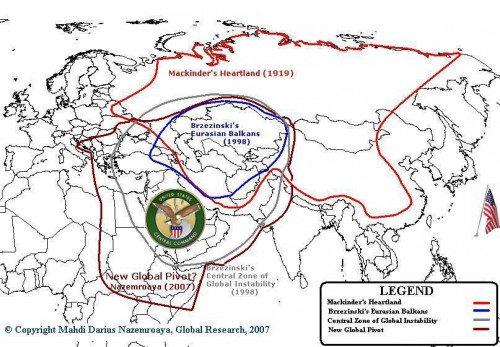
 Que nous arrive-t-il ? Tout d'un coup, nous comprenons. Non pas que nous n'avions pas compris mais il subsistait toujours un peu le doute, une interrogation. Qu'aurions-nous fait ? Dans quel camp aurions-nous été ? Que nous réserverait un jour l'histoire ? Nous avions tant lu sur la génération des années 30 de Maulnier à Aragon, de Cocteau à Malraux, de Drieu à Maurras, de Rebatet à Breton, de Bernanos à Sartre que nous sentions bien que leurs positionnements suivaient les aléas de l'Histoire, des familles, des générations politiques, de la clairvoyance intellectuelle, des idées prolétariennes ou bourgeoises voire même de l'avenir de la poésie. Cela nous fascinait.
Que nous arrive-t-il ? Tout d'un coup, nous comprenons. Non pas que nous n'avions pas compris mais il subsistait toujours un peu le doute, une interrogation. Qu'aurions-nous fait ? Dans quel camp aurions-nous été ? Que nous réserverait un jour l'histoire ? Nous avions tant lu sur la génération des années 30 de Maulnier à Aragon, de Cocteau à Malraux, de Drieu à Maurras, de Rebatet à Breton, de Bernanos à Sartre que nous sentions bien que leurs positionnements suivaient les aléas de l'Histoire, des familles, des générations politiques, de la clairvoyance intellectuelle, des idées prolétariennes ou bourgeoises voire même de l'avenir de la poésie. Cela nous fascinait.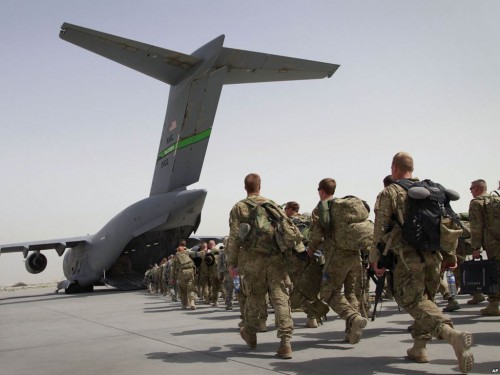
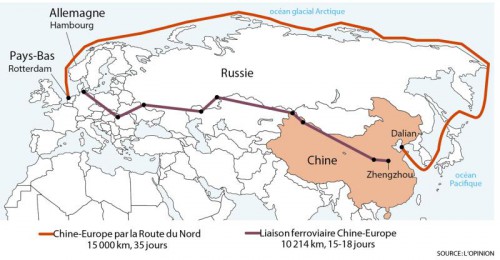



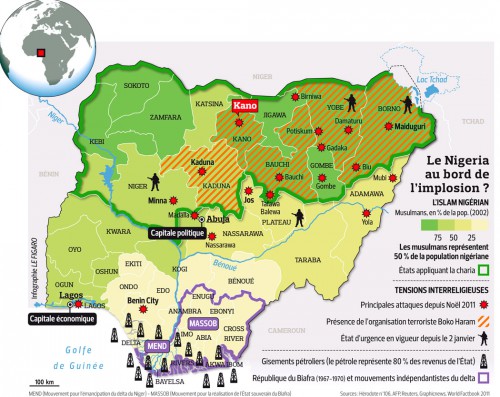


 Le regard est-il pessimiste en ce qui concerne les réserves naturelles ? Le gaz de schiste n’est-il pas la solution ? Outre le danger de son extraction, et le coût élevé des méthodes les moins intrusives – et qui le restent – les réserves mondiales en pétrole de schiste sont estimées à 4 ans de consommation. Elles ne sont donc pas le moins du monde une relève durable.
Le regard est-il pessimiste en ce qui concerne les réserves naturelles ? Le gaz de schiste n’est-il pas la solution ? Outre le danger de son extraction, et le coût élevé des méthodes les moins intrusives – et qui le restent – les réserves mondiales en pétrole de schiste sont estimées à 4 ans de consommation. Elles ne sont donc pas le moins du monde une relève durable. 